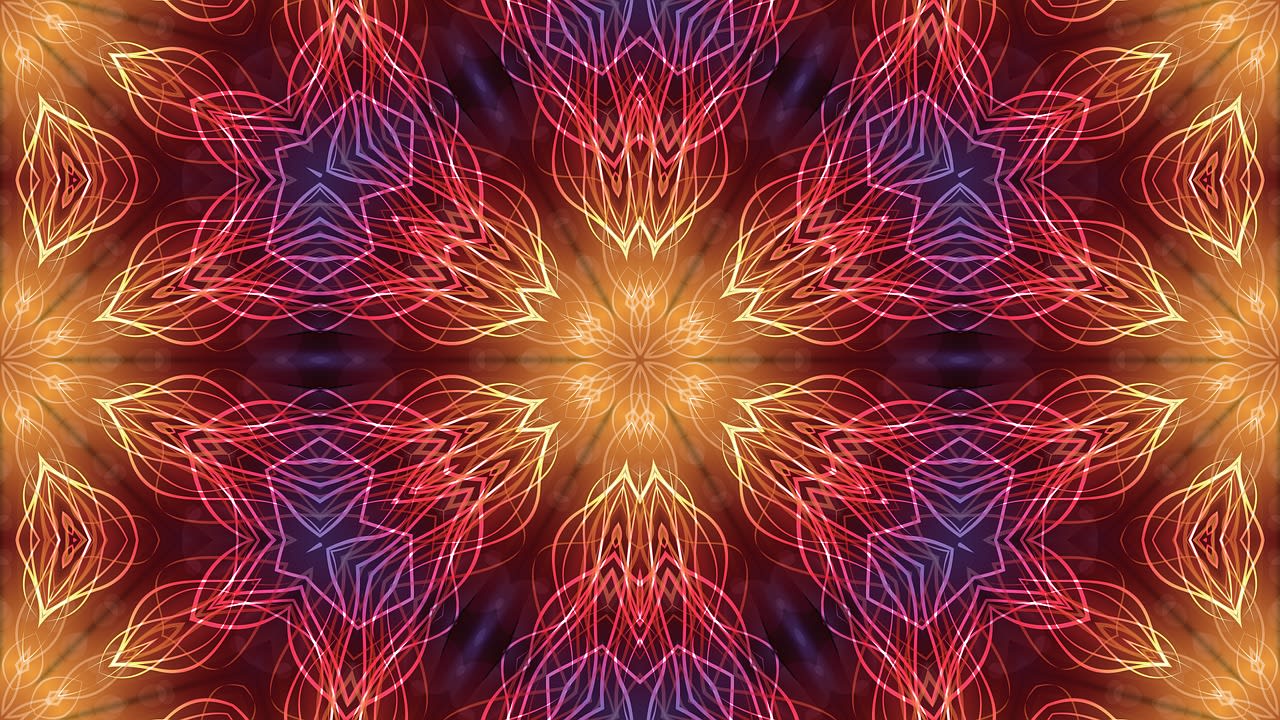Abstract
DMT (Dimethyltryptamine) is a powerful psychedelic compound known for its profound and often intense spiritual and religious experiences. This article explores the religious and spiritual aspects of DMT use, examining its historical context, cultural significance, and the insights reported by users.
The OCRS will be closing with effect from 31 Dec 2025 - read more here.
Table of Contents
The use of mind-altering chemicals is a tricky subject - understanding the effects and possible harms associated with these chemicals is important for anyone interested in human spiritual and religious traditions.
However, the information we provide is not intended to encourage anyone to break the law, nor to put their own health at risk.
Our Entheogen articles will, where possible, include links to impartial drug information pages.
DMT (Dimethyltryptamine) is a powerful psychedelic compound that has been used for centuries in various religious and spiritual contexts. Often referred to as the “spirit molecule,” DMT is known for inducing profound and transformative experiences, characterized by vivid visions, encounters with otherworldly entities, and a deep sense of connection to the divine.
DMT has a long history of use among indigenous cultures in the Amazon basin. It is a key ingredient in Ayahuasca, a traditional brew used in shamanic rituals by tribes such as the Shipibo, Ashaninka, and Huni Kuin. These ceremonies aim to heal, gain spiritual insight, and connect with ancestral spirits.
In the mid-20th century, DMT was rediscovered by Western scientists and psychonauts. Notably, the psychiatrist Rick Strassman conducted pioneering research in the 1990s, administering DMT to volunteers and documenting their experiences. Strassman’s work highlighted the intense spiritual and mystical aspects of DMT trips, sparking renewed interest in its potential for spiritual exploration.
Many users report experiencing mystical phenomena during DMT trips, such as feelings of unity with the universe, encounters with divine beings, and profound insights into the nature of existence. These experiences often resemble those described in religious texts and mystical traditions across cultures.
A common aspect of DMT experiences is the encounter with sentient entities, often described as “machine elves” or “spirit beings.” Users frequently report that these beings communicate telepathically, imparting wisdom, guidance, or even warnings. These encounters can be deeply transformative, leading individuals to reevaluate their beliefs and understanding of reality.
DMT often induces a state of ego dissolution, where the boundaries between the self and the external world disappear. This state can lead to a profound sense of interconnectedness and oneness, similar to experiences reported by mystics and meditators. Such experiences can foster a deeper understanding of self and a more compassionate outlook on life.
Ayahuasca ceremonies remain a central practice for many Amazonian tribes, serving as a means of spiritual healing and communion with the divine. These rituals are led by experienced shamans, who guide participants through their visions and help them integrate the lessons learned.
In recent decades, DMT has gained popularity within the Western psychedelic community. It is often used in a ceremonial or ritualistic context, with users seeking spiritual growth, healing, and expanded consciousness. Some also explore DMT through the lens of religious traditions, incorporating elements of Eastern spirituality, shamanism, and New Age beliefs.
Scientific studies on DMT, such as those conducted by Rick Strassman, have provided valuable insights into the nature of psychedelic experiences and their potential benefits. These studies suggest that DMT can induce states similar to near-death experiences, mystical experiences, and religious epiphanies, offering a unique window into human consciousness and spirituality.
Personal accounts of DMT experiences are abundant and diverse, ranging from profound spiritual awakenings to challenging confrontations with the self. Many users report long-lasting changes in their perspectives, greater emotional resilience, and a deeper sense of purpose and connection.
For more detailed information on the spiritual and religious aspects of DMT, consider the following resources:
These sources provide comprehensive insights into the history, cultural significance, and personal experiences associated with DMT.
Image by Okan Caliskan from Pixabay
Register for updates